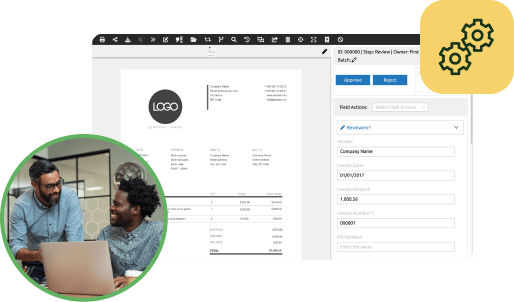
Wadih Pazos
Wadih founded both PairSoft and PaperSave. He is an avid technologist who specializes in streamlining operations and maximizing productivity.
View all posts by Wadih PazosWadih Pazos • August 15, 2017

However, in a recent column for Business Finance Magazine, Canon Business Process Services marketing director Ted Ardelean suggested that many departments are still very far away from accomplishing that goal. Citing statistics from a Paystream Advisors study, he noted that a startling 84 percent of invoices are still processed by using email, fax and paper documents.
Until recently, that was the case for Multi Image Group, an event planning company based in Florida. Having invoices approved was especially difficult, according to CFO Jonathan Reitzes, because the company was sending them through the mail.
According to Ardelean, physical processes require manual conversions, which can lead to:
A recent report from Canon Business Process Services suggested that organizations adopt technological innovations as a means of improving their accounts payable processes. This involves two major steps:
From a productivity and costs standpoint, Ardelean suggested that invoice automation can work wonders. For instance, he noted that members of the AP department can be 30 percent to 50 percent more efficient. This was certainly the case for Multi Image Group.
“My accounts payable person loves it because she’s not waiting around for weeks on end to get something approved and there’s a trail now,” Reitzes said.
Another advantage of streamlined, automated AP processes is that invoicing can be completed far more easily. Not only will this reduce late fees, but it can enhance a company’s relationship with its clients.
Reitzes said that with the MIG paperless system, “Once you are in the screen and viewing the actual invoice, if you need to send that to someone, you hit a button and you email it. On the sales/accounts receivable side, we’re able to send our clients electronic copies of the invoices and the supporting documentation for that invoice rather than putting it in the mail.”
In his blog post, Ardelean said that on-time invoice approvals can jump between 40 percent and 80 percent, thereby reducing the amount of expenditures on late payments.
Get a free demo to learn how our tailored workflows have boosted the AP performance for organizations of all sizes.

